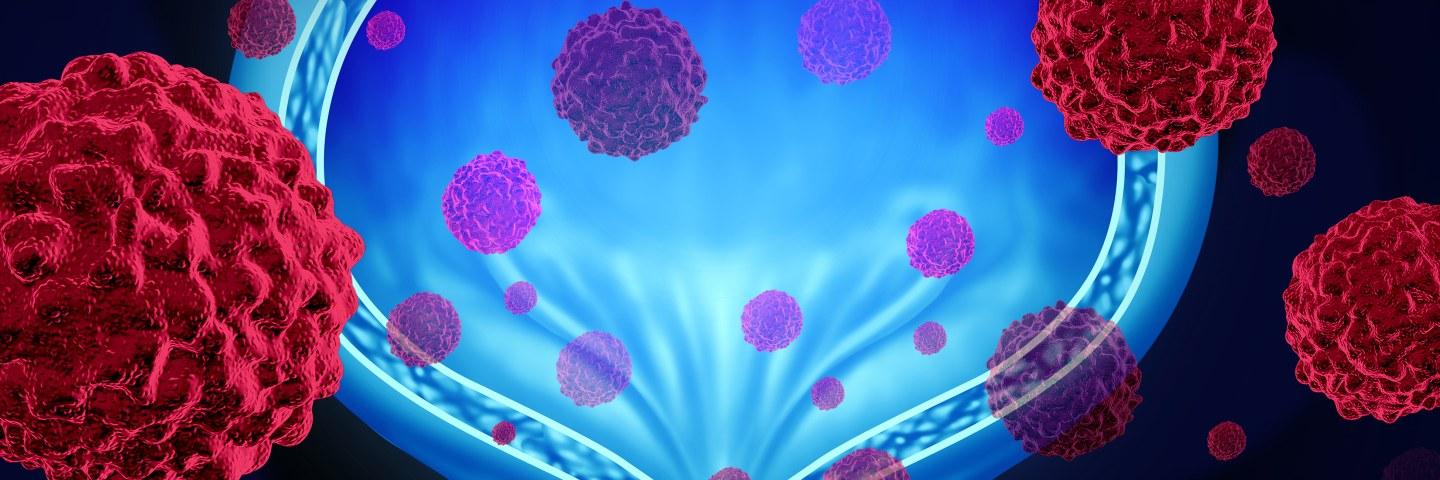There is an absence of lasers with the necessary wavelengths and characteristics to access the possibilities for deeper high- resolution biological tissue imaging in the third bio-window between 1650 nm and 1870 nm. Motivated by recent breakthrough results in multi-photon imaging at twice the depths currently achievable, we will meet the urgent need for new sources to address the outstanding research questions in this spectral region. Results will guide and enable instrument development in this appealing and relatively unexplored biophotonics imaging wavelength range.
The AMPLITUDE consortium proposes a new concept of label-free, multi-modal microscopy and endoscopic imaging operating in this new wavelength region with multiple imaging and spectroscopic technologies, including NIR confocal reflectance microscopy, multi-photon microscopy and spontaneous Raman spectroscopy.
By progressing ultrafast fibre laser developments at 1700 nm, we will deliver new imaging capabilities in an appropriate form factor and at cost suitable for widespread adoption. This will be further enhanced by providing additional output at 850 nm using second harmonic generation from one integrated laser device.
This will enable a pioneering new compact and efficient multi-modal capability combining confocal and non-linear imaging techniques, overcoming performance limitations in medical and biological imaging applications, including improved pathohistological staging of tumours and in-vivo endoscopic assessment of depth of lesion invasiveness. Deeper multi-photon microscopy with autofluorescence imaging of cellular metabolic conditions, whose aspects are tightly related to cellular functioning and to cancer, implemented in tandem with Raman spectroscopy will provide exhaustive characterisation of the examined tissue at morphological, metabolic and molecular levels, allowing in-vivo optical biopsy for bladder cancer diagnosis, grading and staging.

Funding source
Horizon 2020, RIA
Contact persons
Regina Gumenyuk
Senior Research Fellow Regina Gumenyuk
Regina Gumenyuk